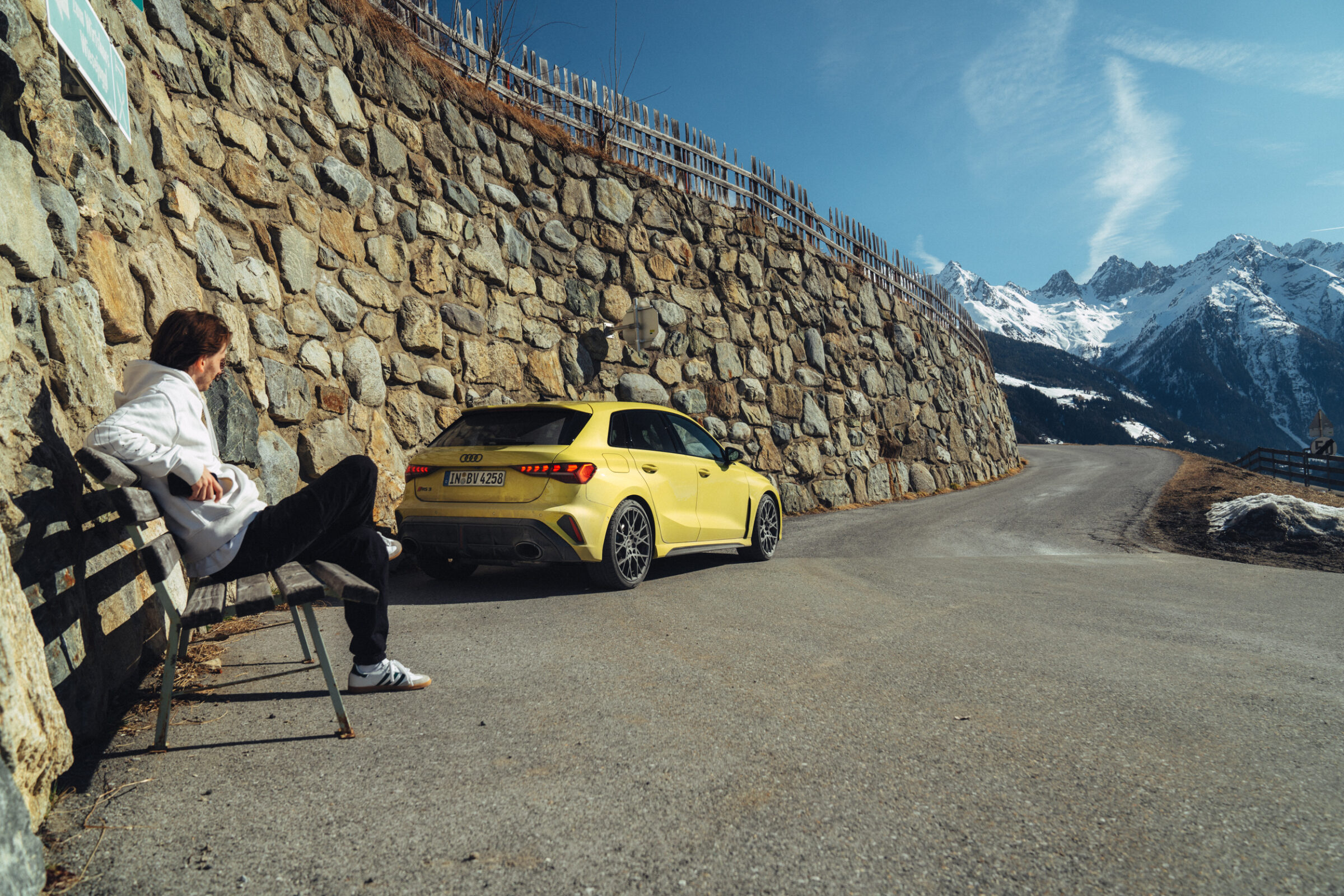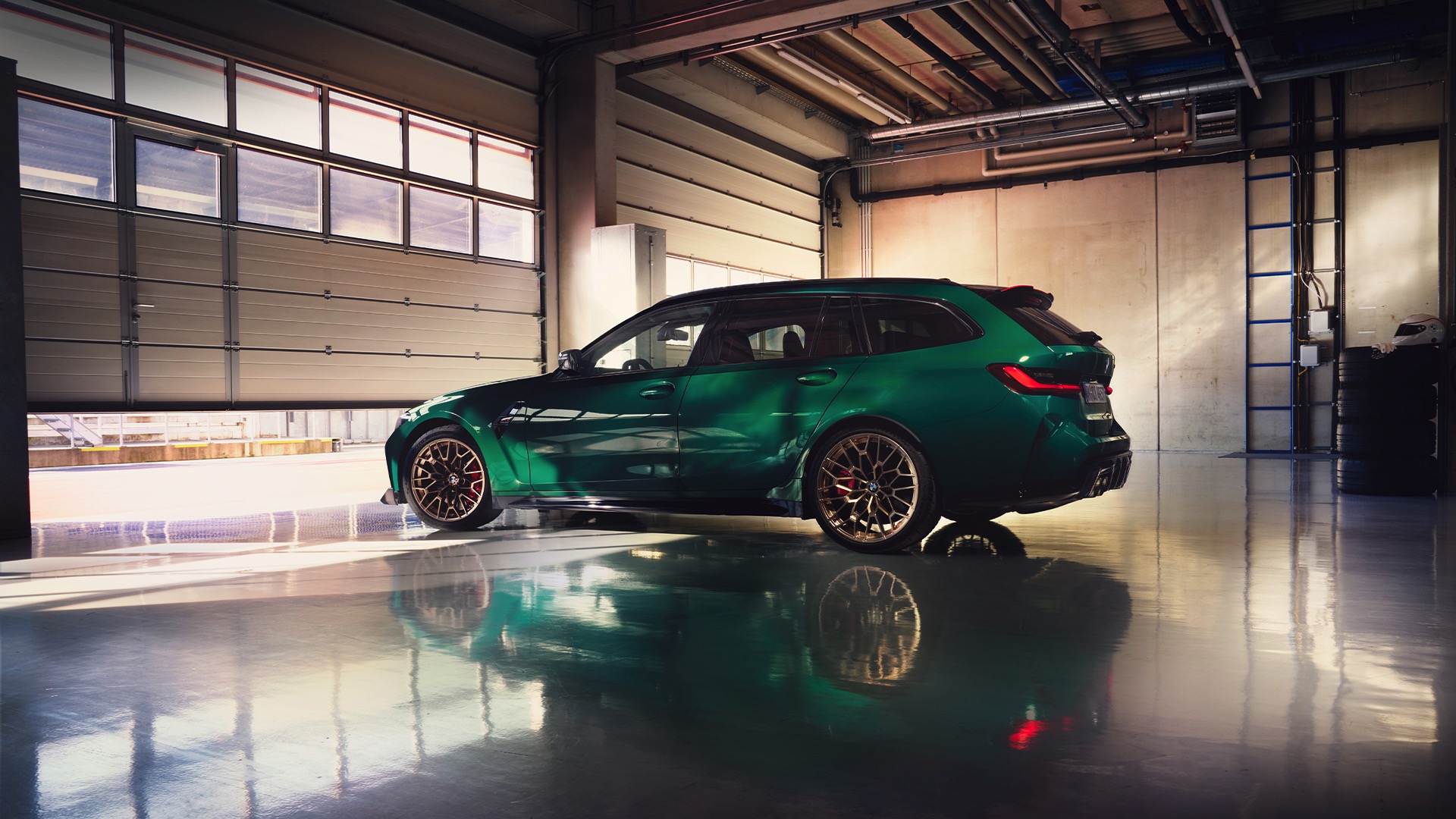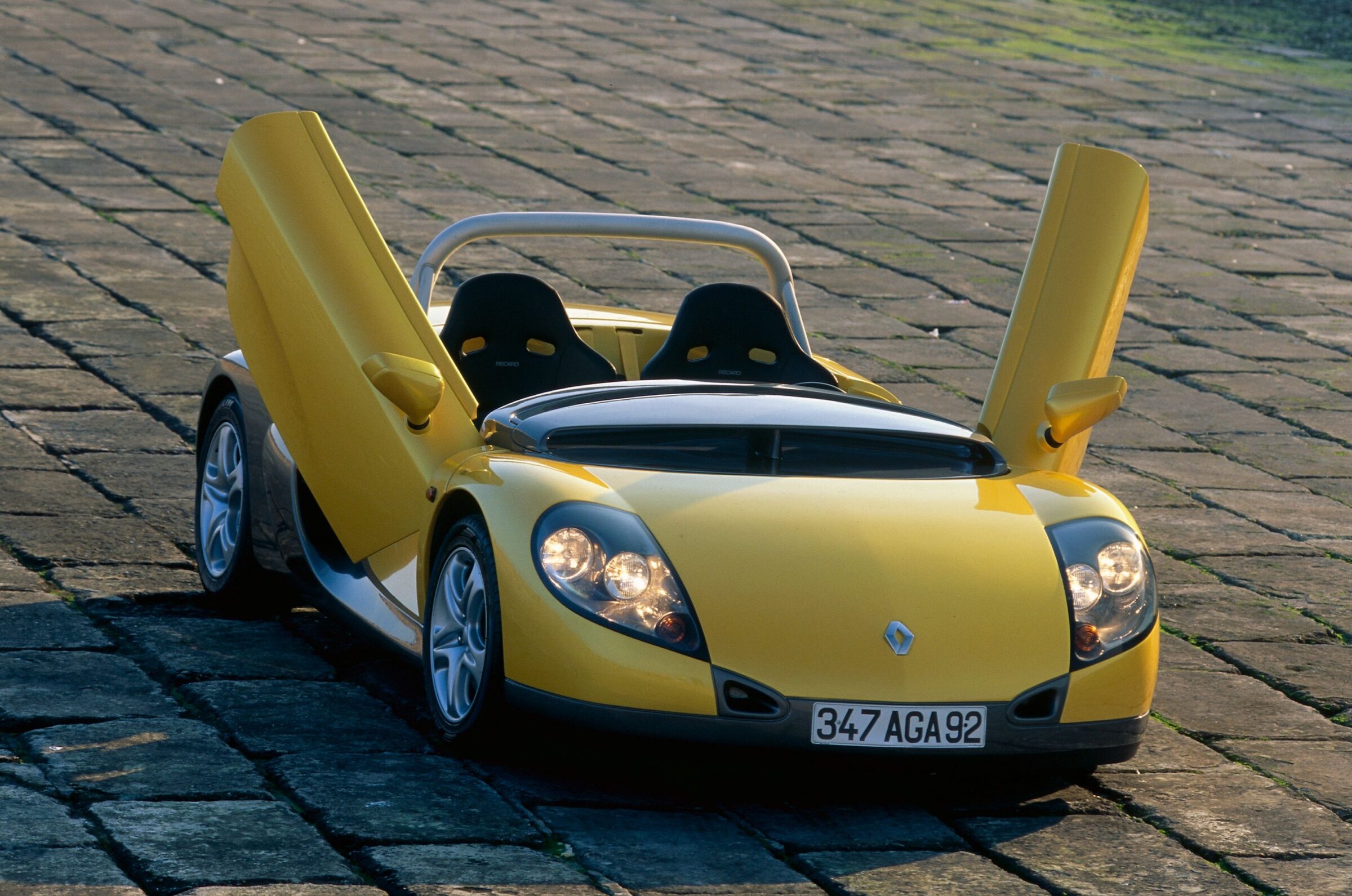Rover SD1
British cars of the 1970s are still known today for poor quality. The main reason for this was extreme disagreements between the company bosses in the car industry and the employees on the assembly lines. This resulted in a wave of strikes almost unimaginable today, as well as extreme unwillingness to perform quality checks before new cars were delivered. As a result, customers received vehicles with missing parts or parts that simply fell off after a short time. Unintentionally, employees and bosses were responsible for the rapid decline of the British auto industry through their respective stubbornness. The major manufacturers from the British Leyland conglomerate were unable to recover independently from the bad reputation and the quality deficiencies. Today, only Land Rover and Jaguar still exist as part of the Indian Tata Group.
First joint project between Rover and Triumph
A closer look reveals that the model series from manufacturers such as Triumph, Austin, MG and Rover at that time offered beautiful design and great detail solutions. Especially the large sedans had what it took to find buyers in the European market. What would have happened if the workers on the production line had attached importance to high quality manufacturing? Let’s take a look at the car that the Specialist Division developed from 1971 as the successor to the Rover P6 and Triumph 2000. Under the direction of David Bache, a hatchback model was created with design inspirations from a Pininfarina concept car based on the Austin 1800 and from the Ferrari 365 GTB/4 ‘Daytona’. Initially, the project was internally abbreviated TR1 (Triumph Rover 1), which soon changed to SD1 (Specialist Division 1). The 1 stood the first jointly developed car. SD2 never got beyond the prototype stage. Instead, the company focused on continuous improvements to the SD1.


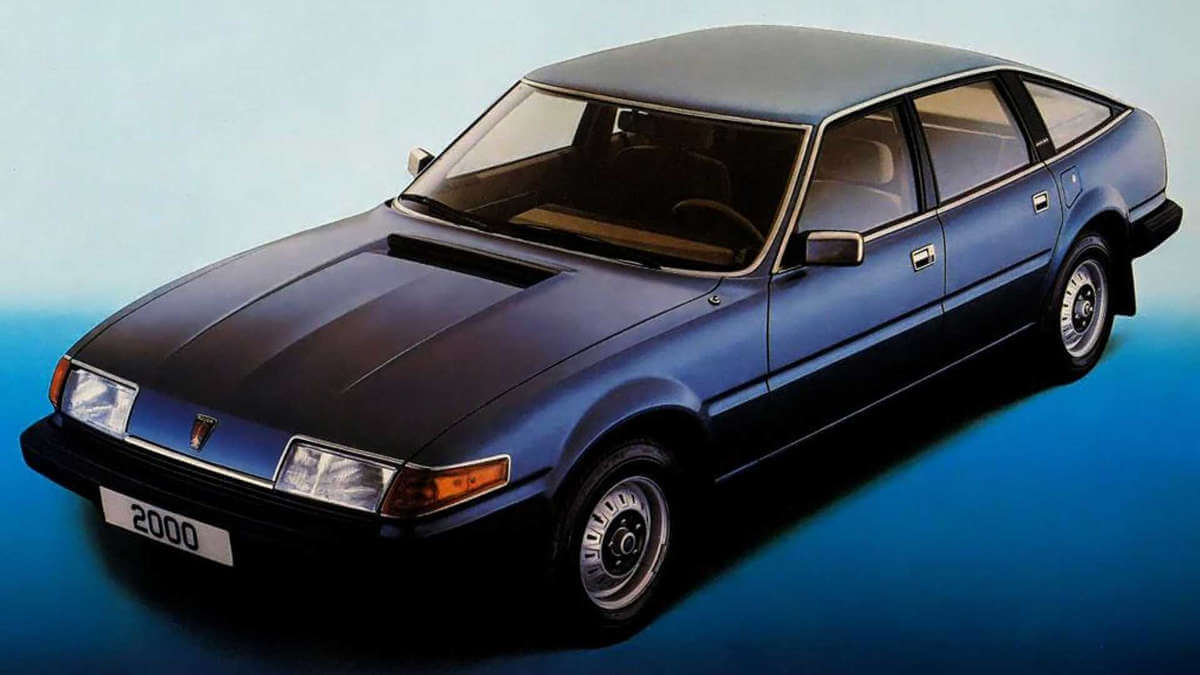

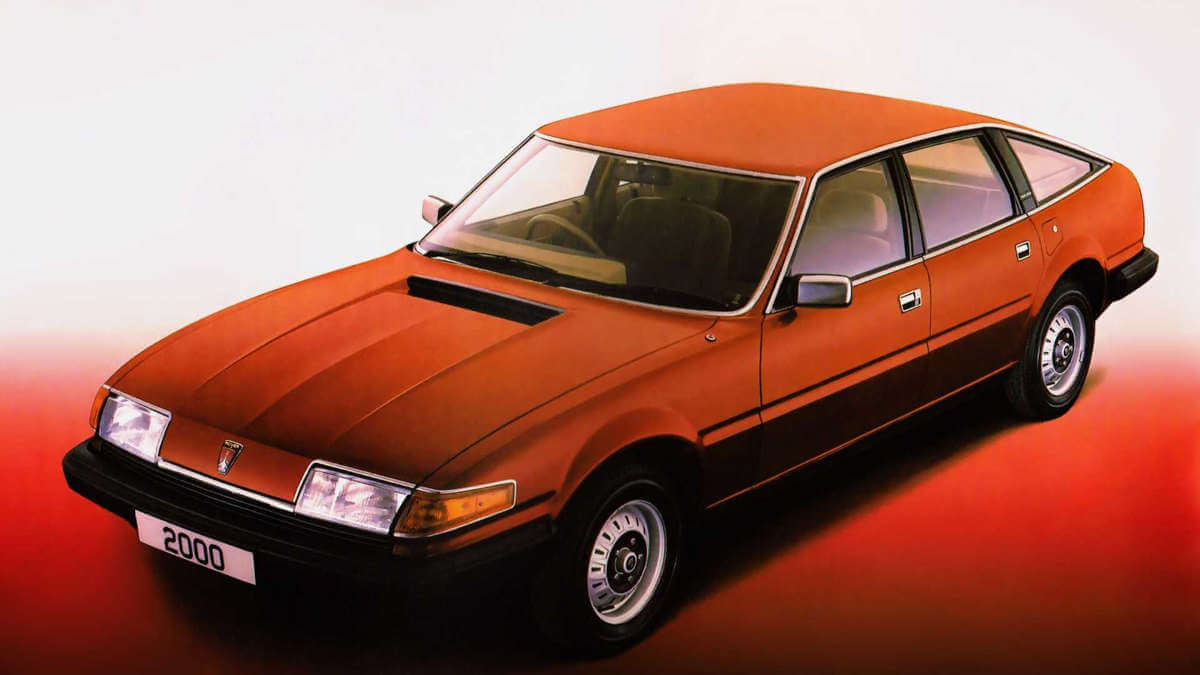

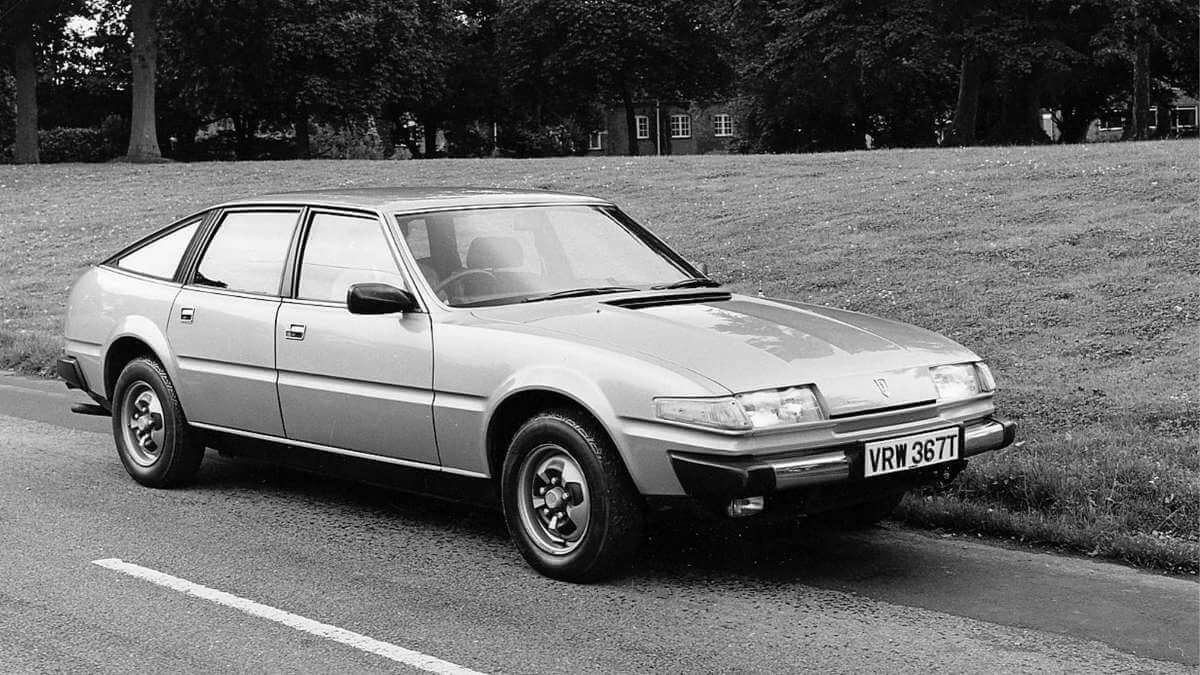

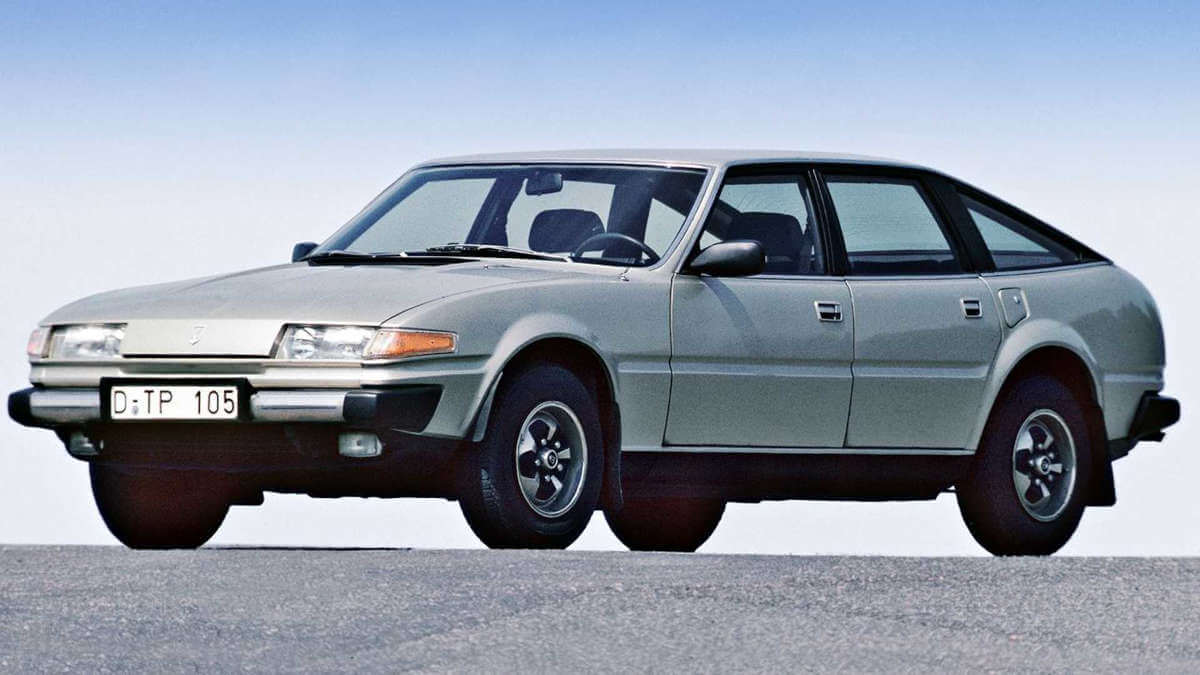

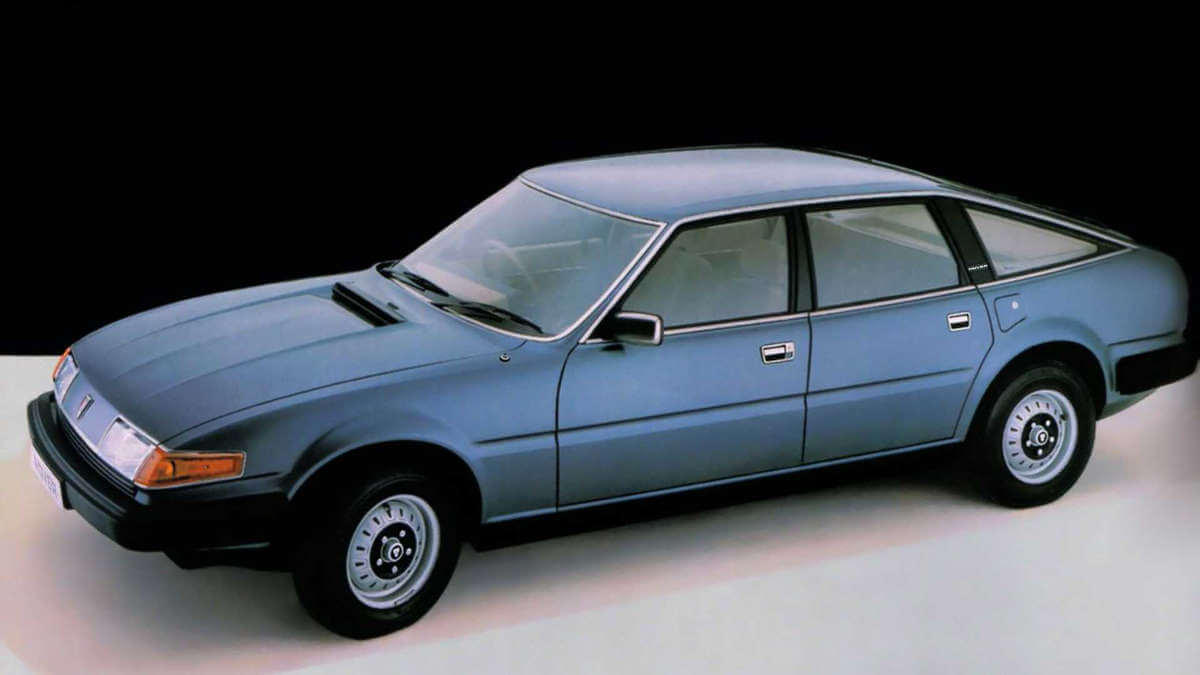



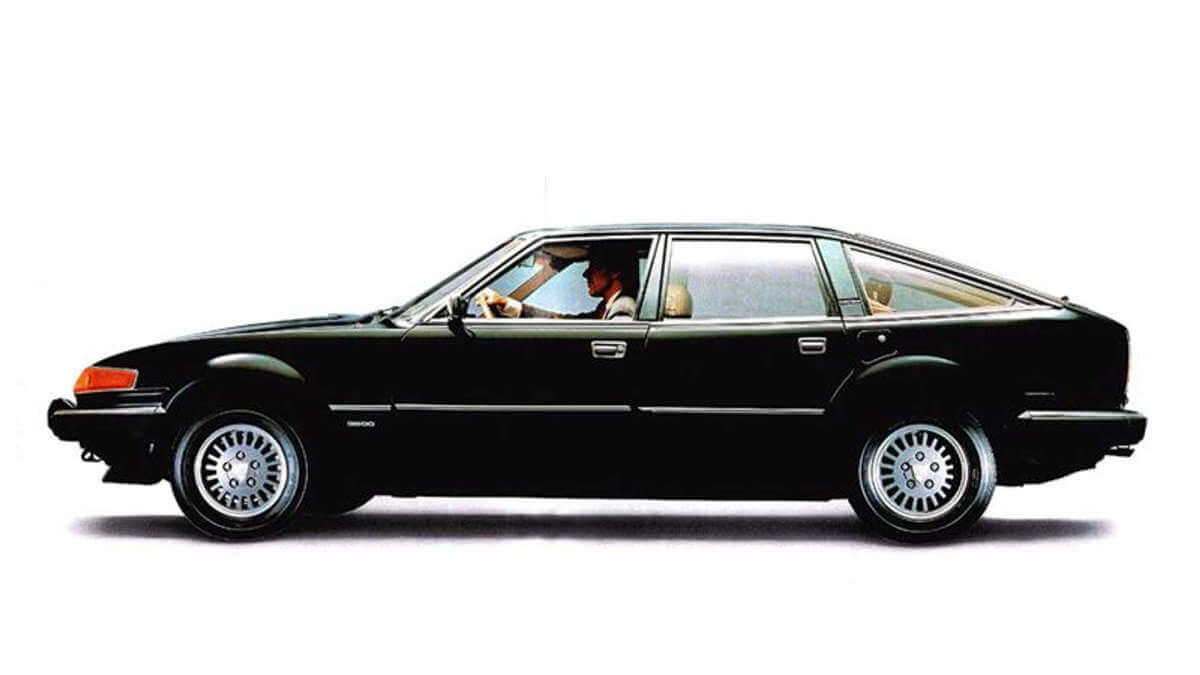



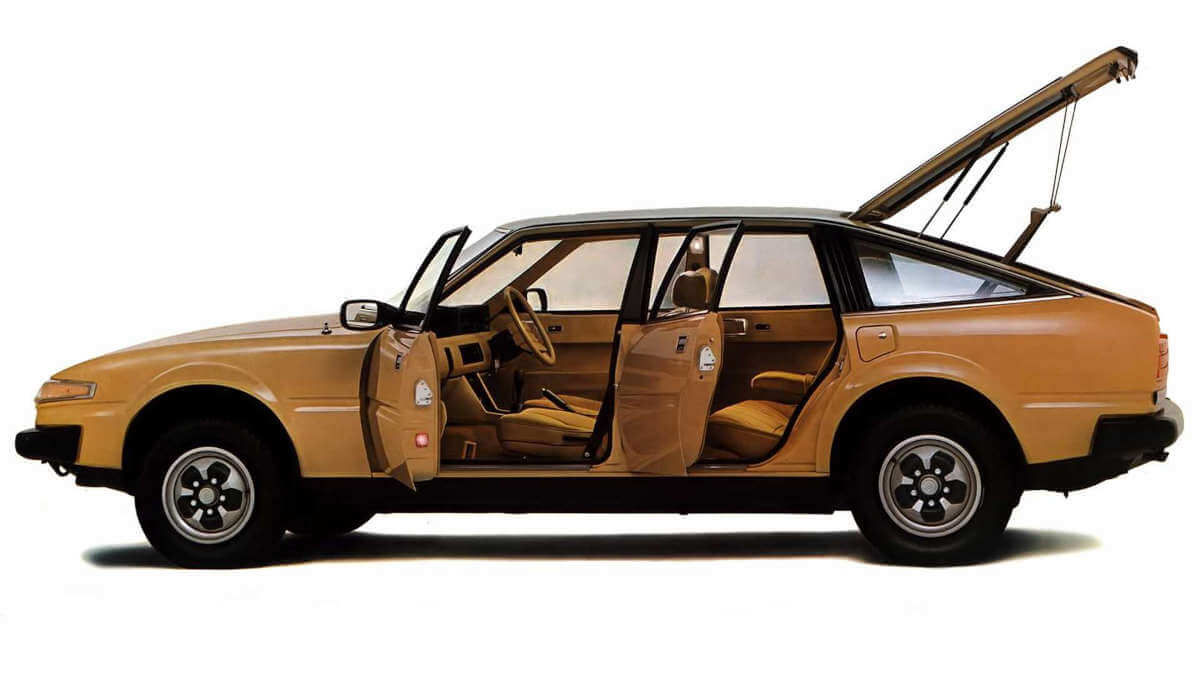

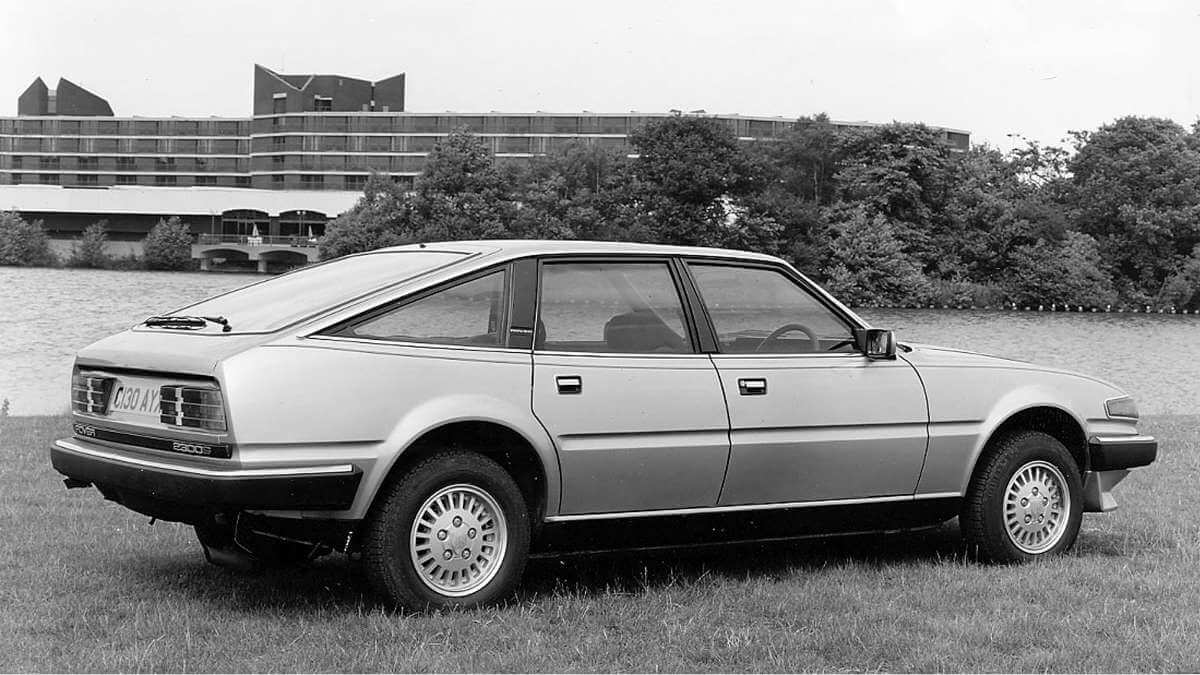

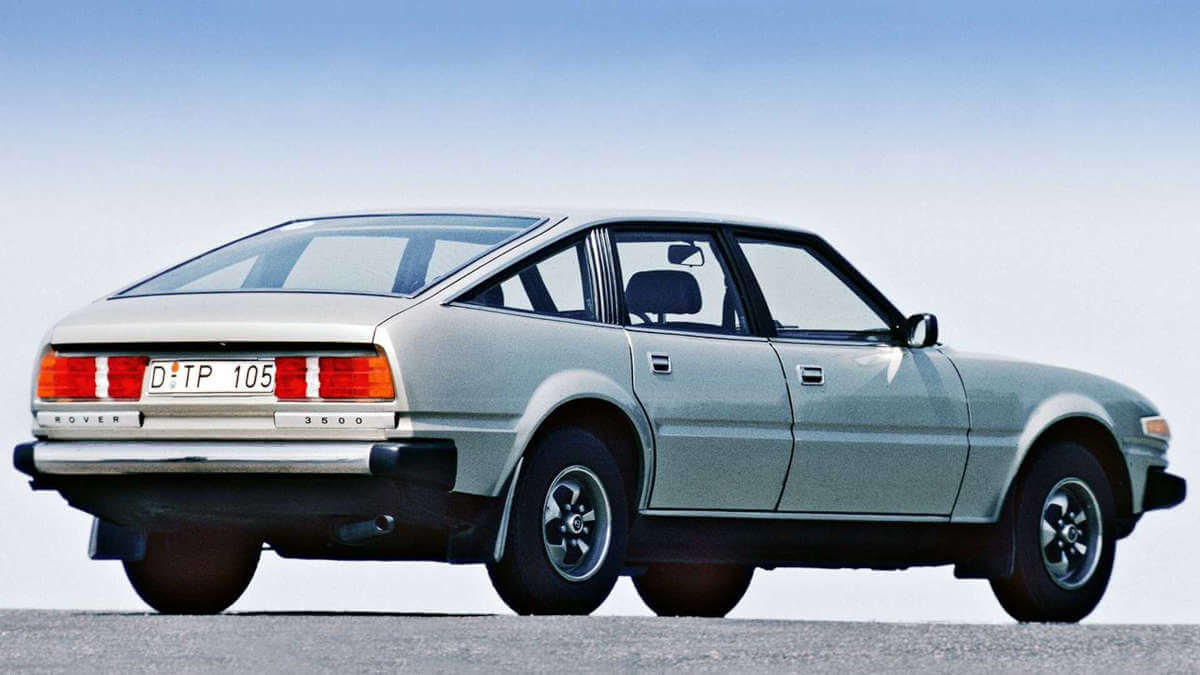

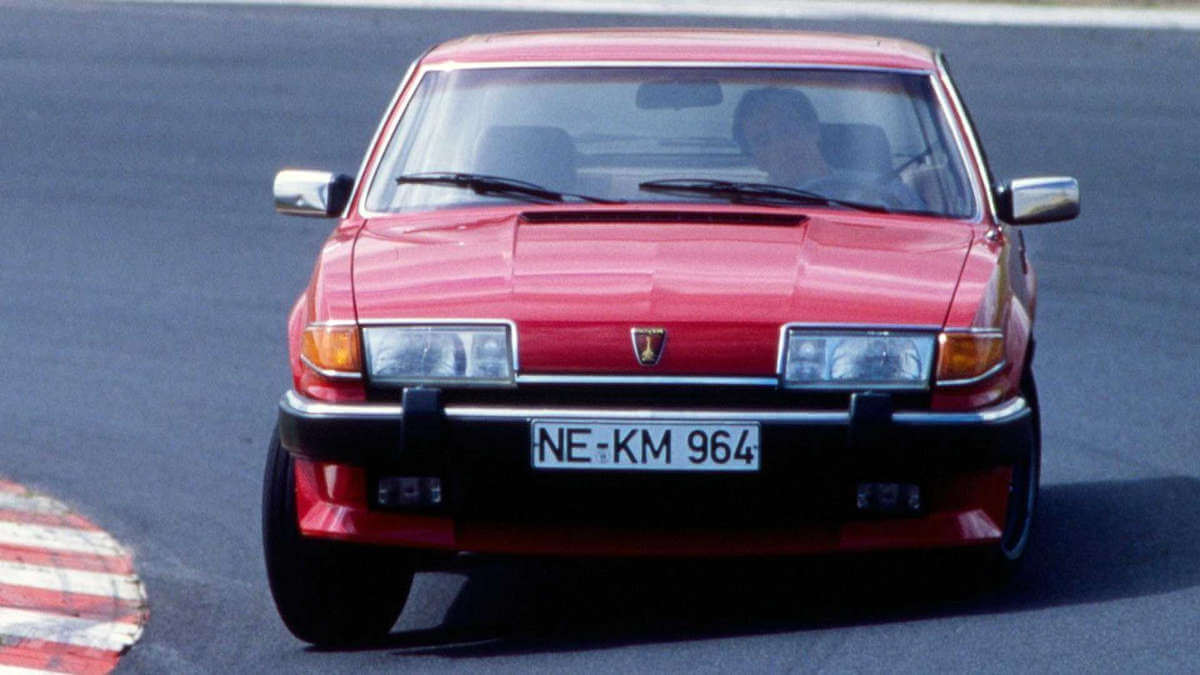

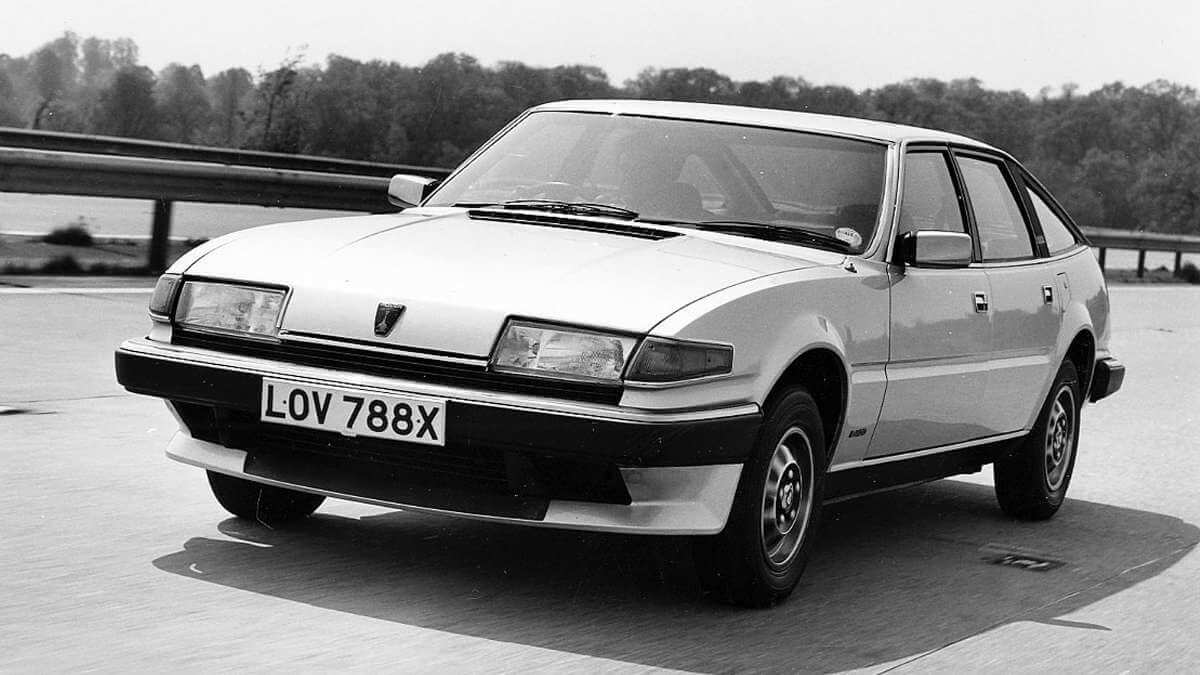





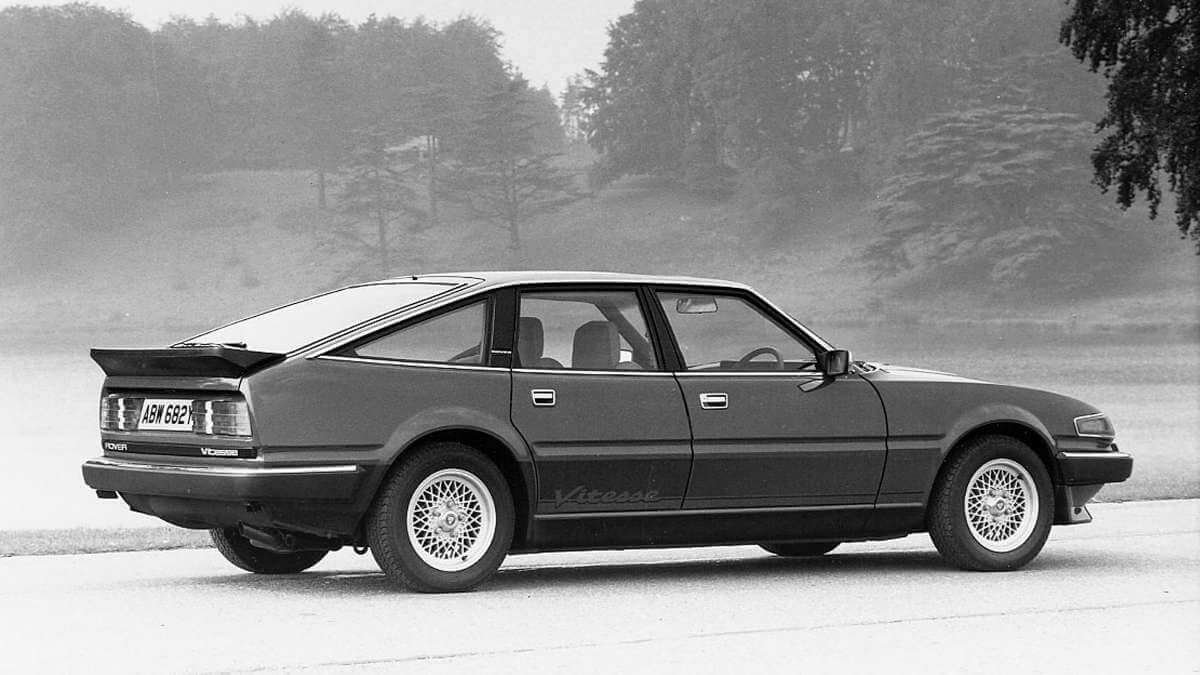



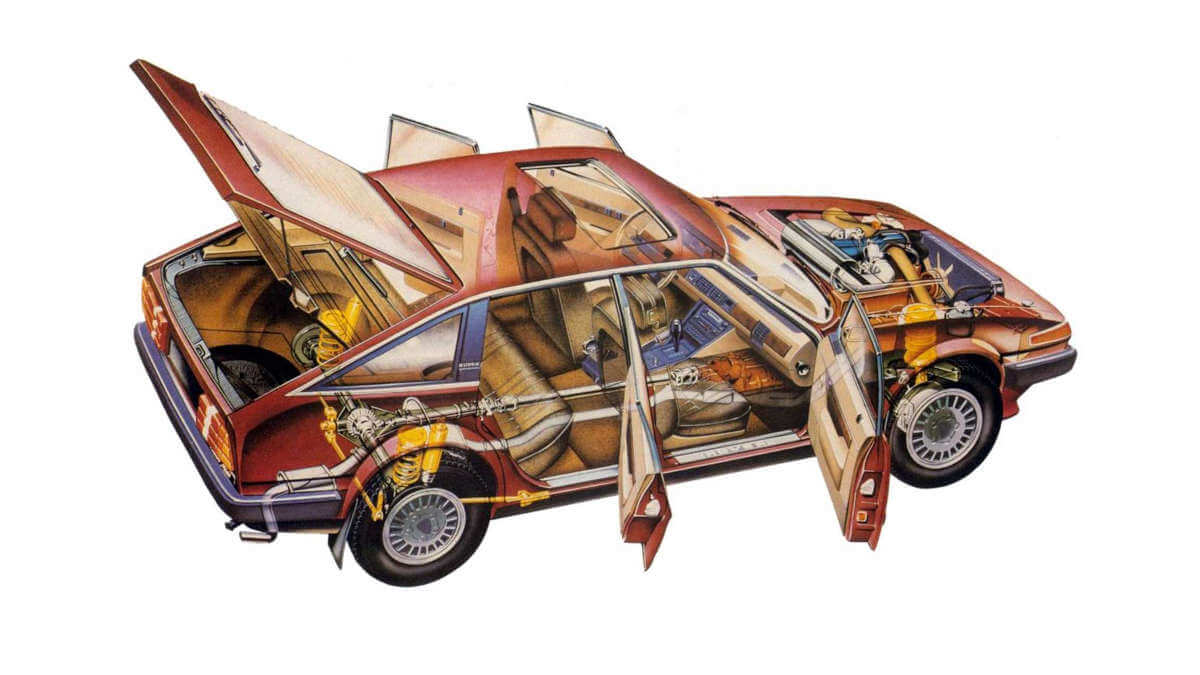



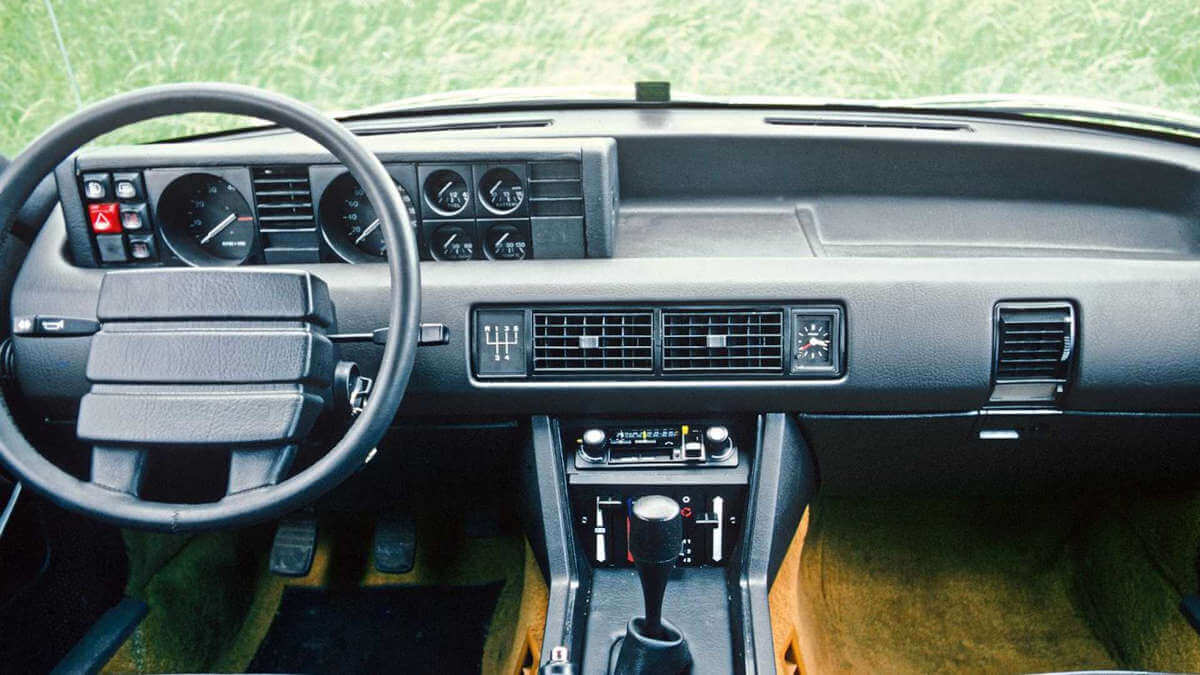

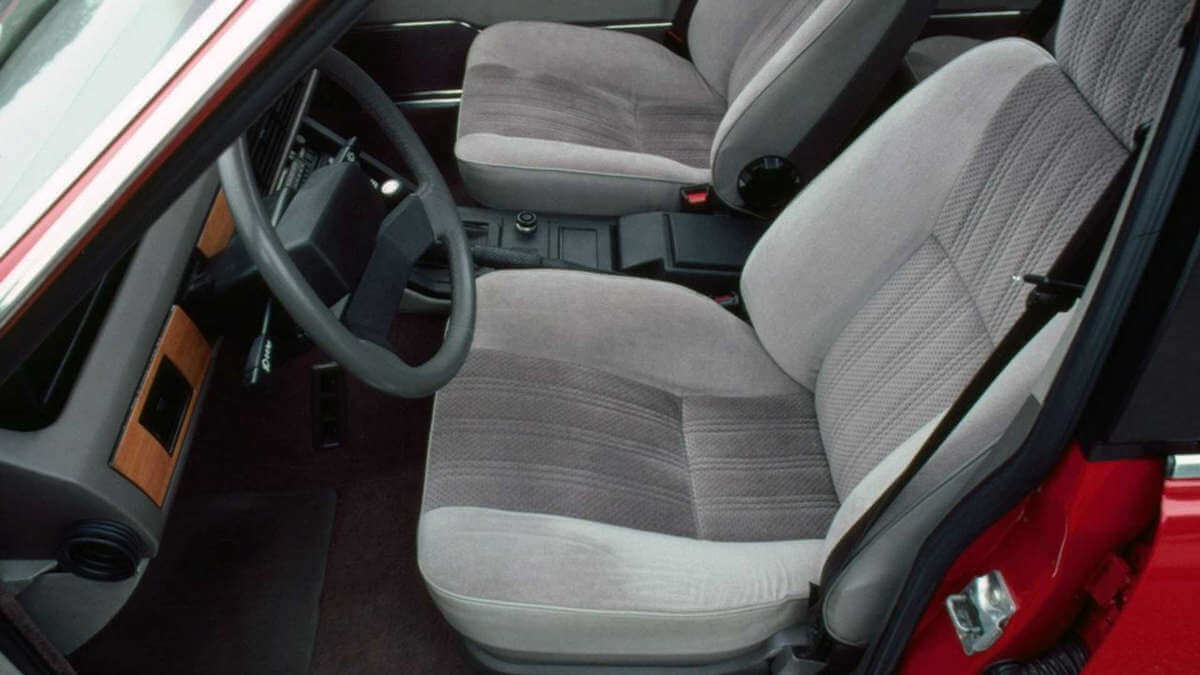

Six engine variants
British Leyland planned the new sedan as a competitor to the Mercedes-Benz W123, Peugeot 504, BMW 5-Series and Citroën CX. In the summer of 1976, the car finally made its debut as Rover’s top model under the number abbreviation 3500. Customers and dealers, however, stuck to the name SD1. The 3.5-liter V8 engine with two SU carburetors came from the predecessor P6. This produced 116 kW/155 hp. In the following year, Rover expanded the engine program with two inline six-cylinder engines with 2.3 and 2.6 liters displacement as the 2300 and 2600. From 1982, there were also two four-cylinder engines, one of which was a turbo diesel with 66 kW/90 hp from VM Motori (2400 SD Turbo). In addition, the Vitesse with 142 kW/193 hp appeared as a new top engine. Apart from the diesel, Rover offered a choice of manual or automatic transmissions for all engine options. South Africa received vehicles with an 82 kW/111 hp 2.6-liter engine.
Around 300,000 units in eleven years
In addition to CKD production in South Africa, there were also SD1s from factories in New Zealand and India. There, the car was built from 1986 onwards on the original tooling from Solihull and Cowley as the Standard 2000. Meanwhile, Rover had discontinued production of the SD1 in favor of the new 800 developed jointly with Honda. Despite successful motorsport entries in touring car series and major orders from the British police, the model series never achieved the expectations placed in it. The title of “Car of the Year 1977” awarded by international motoring journalists did nothing to change this. In eleven production years, around 300,000 Rover SD1s rolled off the assembly line. For some markets, such as the USA or Australia, the engineers modified the engines with electronic gasoline injection. Nevertheless, only around 800 buyers were found in the USA. In the meantime, the hatchback has become a rarity. Virtually unknown, on the other hand, is the station wagon version produced by the factory, of which only prototypes have been made.
Images: Rover, Secret Classics archive


